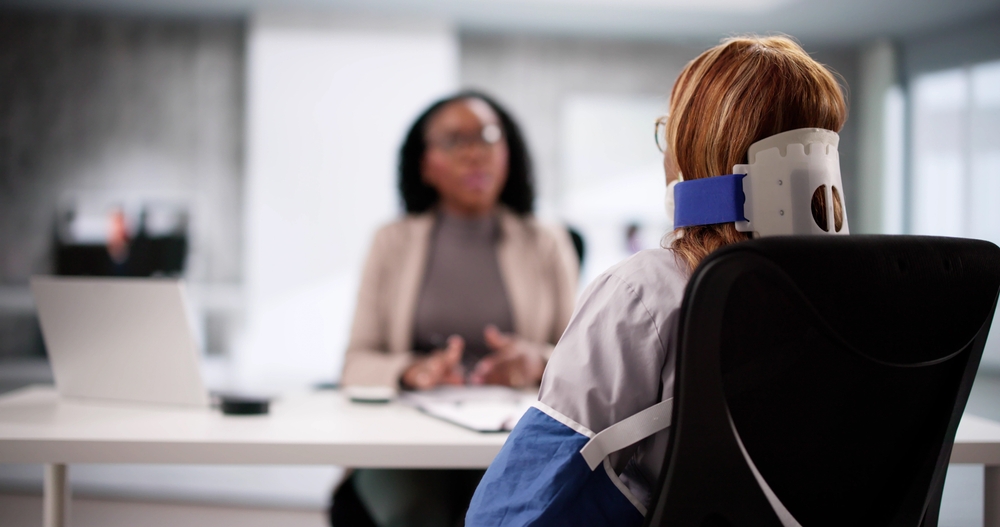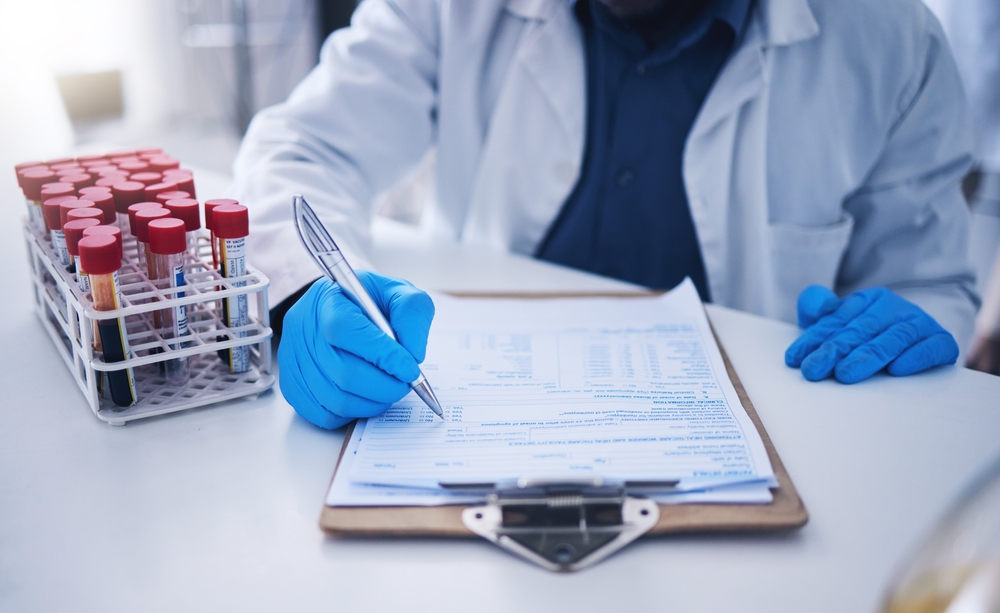
Proving Negligence in Diagnostic Error Cases
How to Build a Strong Malpractice Case After a Diagnostic Error in California
Diagnostic Errors Explained
Diagnostic errors can turn your world upside down. In California, these mistakes occur when a healthcare provider misidentifies, misses, or delays the diagnosis of a condition that should have been detected. If you or a loved one has suffered harm due to a diagnostic error, you may have grounds to pursue a medical malpractice claim.
Common Types of Diagnostic Errors
- Missed diagnosis (no illness detected)
- Wrong diagnosis (incorrect illness identified)
- Delayed diagnosis (important time lost)
- Failure to recognize complications
- Misinterpretation of test results
- Ignoring patient history
- Laboratory errors
- Failure to order appropriate tests
- Communication breakdown between providers
- Incomplete physical examination
- Overreliance on faulty equipment
- Dismissal of patient-reported symptoms
- Failure to consult with specialists
- Inadequate follow-up on abnormal results
- Mislabeling lab samples
- Test result mix-ups
- Underestimating rare diseases
- Diagnostic overshadowing (attributing symptoms to a known condition and missing a new one)
Medical Negligence in California
In a malpractice case, “negligence” means a medical provider acted below the standard of care expected in California. This involves more than just a mistake—it requires proof that another competent provider would have acted differently under similar circumstances. To succeed in a claim, you need to show that negligence directly caused you harm.
What Is the Standard of Care?
The “standard of care” refers to the accepted practices and judgment a reasonably careful provider would use. California courts often rely on medical experts to define this in each case.
- Standard is set by the medical community, not a single doctor’s opinion
- Varies by specialty, location, and patient’s condition
- Expert testimony is almost always required
Key California Laws
California’s medical malpractice laws shape how you pursue claims for diagnostic errors. Some key points include:
- Statute of Limitations: You generally have one year from discovery (or three years from the injury date, whichever comes first) to bring a claim.
- MICRA Cap: Pain and suffering damages are limited (with adjustments since 2023).
- Expert Witnesses: Required to explain how the provider’s actions failed the standard of care.
- Comparative Fault: If the patient’s actions contributed, damages may be reduced.
- Mandatory Arbitration: Some providers require it in their contracts.
For more on pursuing compensation, see Understanding Compensation for Birth Injury Cases.
Steps to Prove Negligence
Successfully proving negligence in a diagnostic error case requires several steps:
1. Gather Your Medical Records
- Request all relevant records promptly
- Include doctor’s notes, lab results, imaging, and prescriptions
- Look for any omitted or altered information
2. Consult Medical Experts
California courts rely heavily on expert testimony in medical malpractice cases. These experts help explain how the diagnostic error occurred and what should have been done differently.
- Find a board-certified expert in the relevant specialty
- Ensure they have experience testifying in California courts
3. Establish the Standard of Care
- Define what a reasonable provider would have done
- Use medical literature and clinical guidelines to support your argument
4. Show a Breach Occurred
- Highlight specific mistakes or omissions
- Compare actions to the standard of care
- Note if important tests were skipped or ignored
5. Prove the Error Caused Harm
- Document all consequences of the delay or misdiagnosis
- Demonstrate how outcomes would have changed with proper diagnosis
For tips on documenting injuries, visit Steps to Take After a Medication Error Injury.
Action Plan After a Diagnostic Error
Immediate Steps
- Seek a second opinion if you suspect a diagnostic error
- Begin a written record of your symptoms and treatments
- Request a meeting with your provider or hospital to discuss concerns
Legal Steps
- Contact an experienced medical malpractice attorney
- Preserve all communication with healthcare providers
- Avoid discussing the case on social media
Building Your Claim
- Work with your attorney to identify responsible parties (doctor, hospital, lab)
- Review similar surgical error or medication error cases for context
Damages You May Recover
California law allows you to seek several forms of compensation if you prove negligence:
- Medical expenses (past and future)
- Lost past and future wages
- Pain and suffering (subject to MICRA caps)
- Cost of additional care or rehabilitation
- Loss of enjoyment of life
- Emotional distress
For more on available damages, see Common Types of Diagnostic Errors and Proving Surgeon Negligence in Malpractice Cases.
Evidence That Can Help Your Case
- Copies of all diagnostic tests and results
- Written opinions from specialists
- Timeline of symptoms and medical visits
- Records of missed work or changed activities
- Notes about how the error affected your life
- Witness statements from family or caregivers
Potential Challenges in Diagnostic Error Cases
- Proving a direct link between the error and the harm
- Overcoming defenses that the condition was difficult to diagnose
- Dealing with missing or incomplete records
- Navigating California’s strict procedural rules
How Experts Support Your Claim
Medical experts are often the backbone of these cases. Their roles include:
- Reviewing your records for missed warning signs
- Explaining why standard protocols were not followed
- Testifying about the likelihood of a better outcome with correct diagnosis
Learn more about the role of experts in How to Prove a Medication Error in a Malpractice Case.
Preventing Diagnostic Errors
While not every error is preventable, steps to reduce your risk include:
- Keeping your own health records organized
- Asking questions if you do not understand a diagnosis
- Requesting copies of all test results
- Following up if symptoms persist or worsen
- Seeking a second opinion for serious conditions
When Hospitals Are Liable
Hospitals may be responsible for diagnostic errors if:
- The error was made by an employee (doctor, nurse, technician)
- System failures (such as lost test results) played a role
- There was inadequate supervision or training
Explore more about institutional liability on our Premises Liability page.
Frequently Asked Questions about Proving Negligence in Diagnostic Error Cases
How do I prove negligence in a California diagnostic error case? You must show that a healthcare provider breached the standard of care and that this caused harm. This often requires expert testimony and a detailed review of medical records.
What is the statute of limitations for diagnostic error lawsuits in California? Most claims must be filed within one year of discovering the error, or three years from the injury date, whichever comes first. Some exceptions may apply.
Can I sue both the doctor and the hospital for a diagnostic error? Yes, if both parties contributed to the error. Hospitals may be liable for errors by employees or for systemic failures affecting diagnosis.
What types of compensation are available for diagnostic error victims in California? You may recover medical costs, lost wages, pain and suffering (subject to state caps), and other losses tied to the diagnostic error.
Do I need a medical expert for my case? Nearly all diagnostic error cases require expert testimony to establish the standard of care and show how it was breached.
Take the Next Step
If you believe a diagnostic error caused you harm, Attain Law is ready to help. Our California attorneys are committed to investigating your case thoroughly and guiding you through each step. Call us at (888) 970-8627 or contact us today for a free consultation. We’re here to support you.
Disclaimer: This is an advertisement. The information provided is for general purposes only and is not legal advice. Consult a qualified attorney for your specific case. Attain Law cannot guarantee outcomes, as results vary by situation.
Browse Other Articles for "Diagnostic Errors" in California:
Start Your FREE Consultation
Complete the form for a Free Consultation. No upfront fees, swift action, and we’re only paid when we succeed for you.
Why Choose Attain Law?
- No Upfront Costs
- We operate on a contingency fee basis—you pay nothing unless we win your case.
- Personalized Attention
- Every case is unique. We tailor our strategies to fit your specific situation.
- Proven Track Record
- Our firm has successfully recovered millions for our clients.
- Statewide Representation
- Based in Woodland Hills, we serve clients throughout California.
Justice Is One Step Away
Ready to turn your struggle into strength? At Attain Law, we’re here to take on your fight—whether it’s a car accident, a dangerous drug, or a workplace injury gone wrong. One call starts it all, and we’re with you every step, no upfront cost required.
- Free Case Review
- No Fees Until Victory
- Millions Recovered
- Personal Strategy
- California Coverage
- Relentless Case Pursuit


